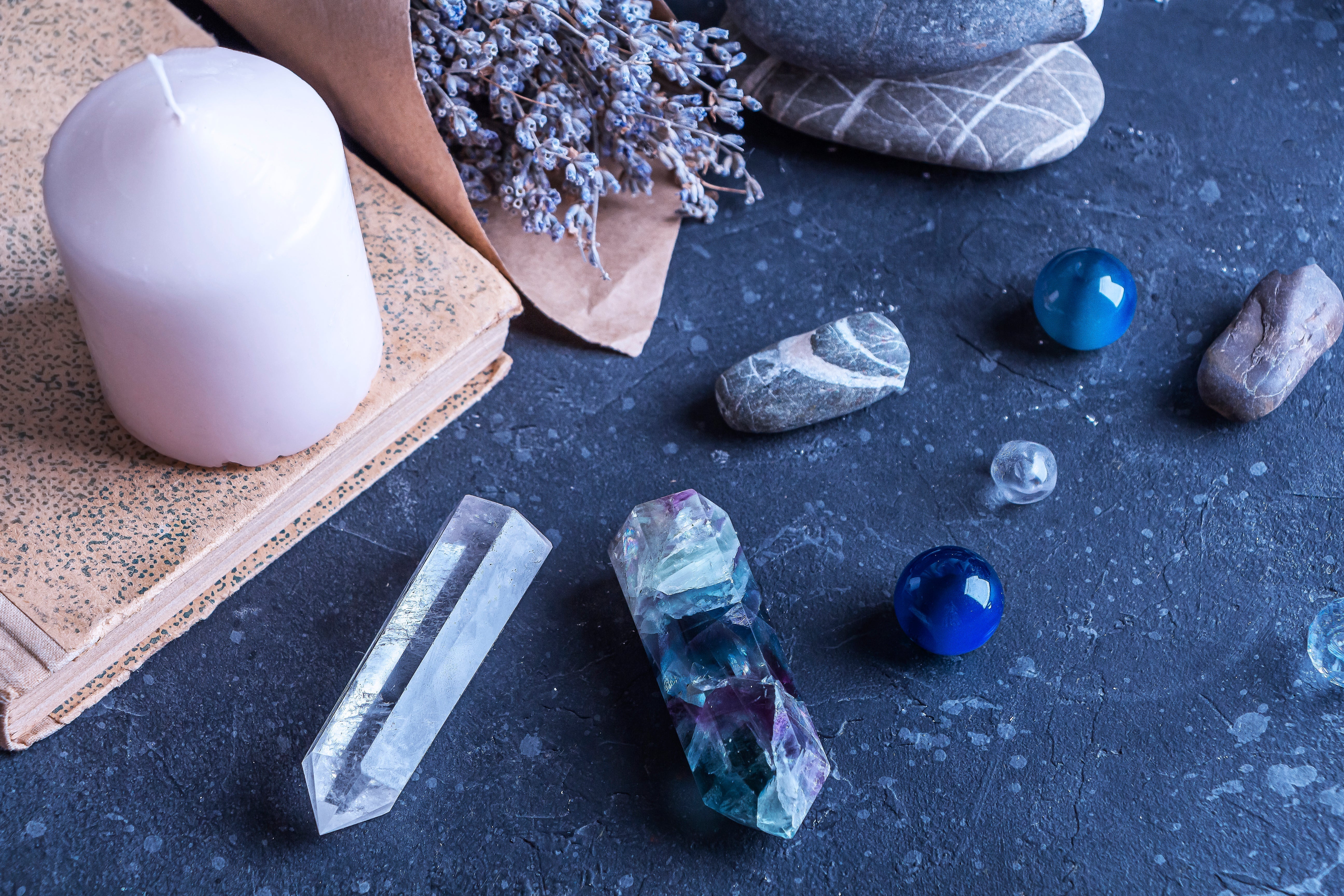With crystals soaring in popularity, the market is flooded with fakes—dyed glass, synthetic stones, or mislabeled minerals that lack the energy of genuine crystals. As a crystal lover, knowing how to spot authentic stones ensures you’re investing in their true beauty and vibrations. This guide offers practical tips and tests to identify real crystals in 2025, whether you’re shopping online or in-store. Let’s empower you to choose stones that resonate with your intentions!
Why Authenticity Matters
Genuine crystals, formed over millions of years, carry unique energetic properties believed to support intentions like love, protection, or clarity. Fake crystals, often made of glass or resin, lack these vibrations and may disappoint in both aesthetic and metaphysical value. By learning to spot fakes, you protect your investment and honor the earth’s natural gifts.
Common Fake Crystals to Watch For
Some crystals are more likely to be faked due to their popularity or rarity:
-
Citrine: Often heat-treated Amethyst or dyed Quartz, lacking true Citrine’s sunny energy.
-
Malachite: Synthetic versions may mimic its green bands but feel lightweight or plastic-like.
-
Turquoise: Dyed Howlite or resin is common, missing Turquoise’s natural texture.
-
Clear Quartz: Glass imitations lack Quartz’s natural inclusions or piezoelectric properties.
How to Spot Fake Crystals: 5 Practical Tests
Use these tests to verify authenticity, combining observation and simple checks. Always handle crystals gently and consult a professional if unsure.
1. Visual Inspection
-
Look for Imperfections: Genuine crystals often have natural inclusions, cracks, or irregular shapes. Perfectly uniform stones may be synthetic.
-
Check Color: Overly bright or unnatural colors (e.g., neon Citrine) suggest dyeing. True crystals have subtle, earthy tones.
-
Beginner Tip: Examine the stone under light—genuine crystals often show depth or slight cloudiness.
-
Advanced Tip: Research specific crystals’ natural appearances (e.g., Green Phantom Quartz’s layered inclusions) to spot fakes.
2. Weight and Temperature
-
Feel the Weight: Real crystals are denser and heavier than glass or plastic. For example, Quartz feels substantial compared to lightweight fakes.
-
Test Temperature: Crystals stay cool to the touch longer than glass, which warms quickly in your hand.
-
Beginner Tip: Compare your stone to a known crystal to gauge weight differences.
-
Advanced Tip: Use a digital scale to confirm weight aligns with the crystal’s typical density.
3. Hardness Test
-
Check Scratch Resistance: Crystals have specific Mohs hardness ratings (e.g., Quartz: 7, Amethyst: 7). Glass (around 5.5) scratches more easily.
-
How to Test: Gently try scratching the stone with a steel knife (hardness ~5.5). Real Quartz won’t scratch; glass will.
-
Beginner Tip: Test discreetly on an inconspicuous area to avoid damage.
-
Advanced Tip: Learn Mohs ratings for common crystals to assess hardness accurately.
4. Heat and Cold Response
-
Apply Heat (Cautiously): Dyed or resin fakes may melt or smell plasticky when gently heated (e.g., with a lighter, briefly). Never heat genuine crystals excessively.
-
Cold Water Test: Submerge questionable Turquoise in water—dyed Howlite may leach color, while real Turquoise won’t.
-
Beginner Tip: Use the cold water test for dyed stones; it’s safe and simple.
-
Advanced Tip: Consult a gemologist for heat tests to avoid damaging valuable stones.
5. Source and Seller Verification
-
Buy from Reputable Sellers: Choose vendors with transparent sourcing practices, detailing origins (e.g., Brazil, Uruguay).
-
Ask Questions: Inquire about the crystal’s mining location or treatment (e.g., heat-treated Citrine).
-
Beginner Tip: Check reviews or certifications when shopping online.
-
Advanced Tip: Research mining regions for specific crystals (e.g., Amethyst from Uruguay) to verify authenticity.
Red Flags When Shopping
-
Too Good to Be True Prices: Authentic crystals, especially rare ones, aren’t dirt cheap.
-
Unnatural Names: Beware of made-up names like “Blue Obsidian” (often colored glass).
-
Perfect Uniformity: Mass-produced, flawless stones are likely synthetic.
-
Lack of Transparency: Sellers unable to provide origin or treatment details may be unreliable.
Common Mistakes to Avoid
-
Relying on Looks Alone: Visual appeal doesn’t guarantee authenticity—use multiple tests.
-
Ignoring Intuition: If a stone feels “off,” trust your gut and investigate further.
-
Buying in Bulk Without Checking: Test each piece in large lots, as fakes can be mixed in.
-
Skipping Research: Learn about your desired crystal’s properties to spot inconsistencies.
Explore Zenora’s Crystal Products at Zenora's Collection.
Final Thoughts
Spotting fake crystals is a skill that empowers you to build a collection of genuine, vibrant stones. By using visual checks, weight tests, and seller scrutiny, you can shop with confidence in 2025. Trust your intuition, do your research, and let authentic crystals bring their natural magic to your life.
Have you encountered a fake crystal, or what’s your go-to authenticity test? Share in the comments! Connect with us on Facebook or Instagram @zenoraenergy, or email info@zenoraenergy.com for more crystal tips.

Share:
The History and Cultural Significance of Crystals Around the World
Crystals for Prosperity and Abundance: Attract Wealth in 2025